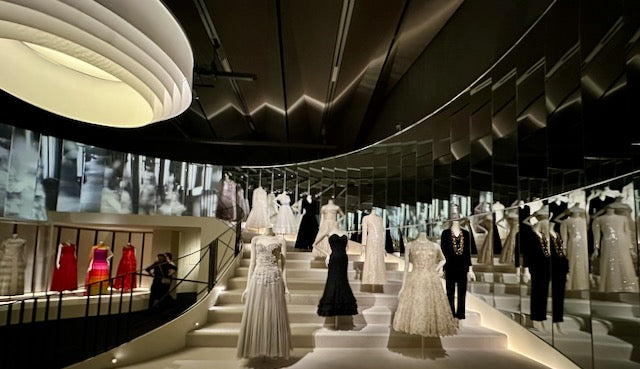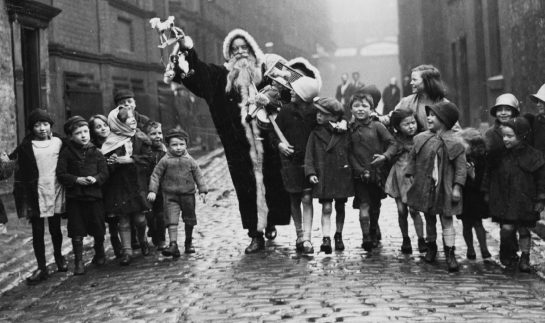

In response to the contracting economy, Women's fashion in the 1930s became more conservative. The androgynous, daring look of the 1920s was out and clothes became more feminine and modest; skirts became longer, ready-to wear clothes and cheaper man-made materials became popular.

The 1930s saw the dawn of Hollywood’s Golden Age as films offered escapism from the Great Depression. Hollywood stars such as Great Garbo, Jean Harlow and Carole Lombard all had a pronounced effect on fashion, which reflected their glamour and elegance.

Jean Patou's 'Joy' released 1929
Perfume was also a a way of escaping reality. Oriental fragrances became popular in the 1930s, with their opulent, seductive and exotic notes. Jean Patou's 'Joy' launched in the year the stock market crashed, defied the depression and was advertised as the 'costliest perfume in the world' and and Lanvin's 'Scandal' (1933) with its sweet, leathery and tobacco notes, was elegant, naughty escapism in a bottle.



